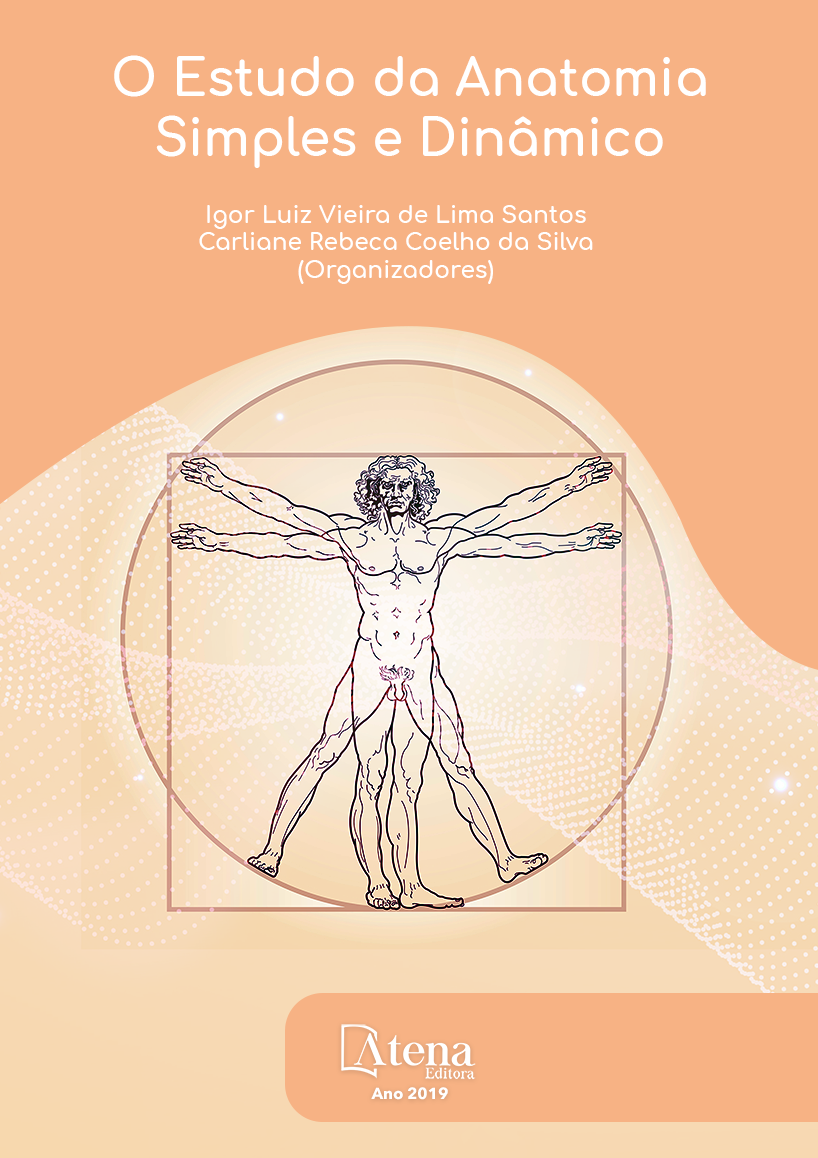
RESISTÊNCIA MECÂNICA E COMPOSIÇÃO MINERAL DAS CONCHAS DE MEXILHÕES (Pachoides pectinatus)
Utilizada como forma de proteção
natural, a concha do Mexilhão (Phacoides
pectinatus) é formada a partir de uma substância
liberada pelo próprio molusco, nácar. Com
formato oval e bivalve, confere nem só uma
proteção contra os predadores e parasitas, mas
também resistência à pressão hídrica, no qual é
o seu habitat. Diante disso, o projeto teve como
objetivo determinar a composição quimica, a
biometria e a força de compressão das conchas.
Para a biometria, fora utilizado paquímetro de
aproximação, determinando largura, espessura
e comprimento. Em seguida, mediu-se a massa
das amostras em uma balança analítica de
precisão. A resistência foi estabelecida através
da maquina de ensaios mecânicos destrutivos
universal, distribuindo as conchas nas posições
láteromedial, longitudinal e transversal. Para
a composição química, foram utilizados o
microscopio eletrônico de varredura (MEV) e
espectroscopia de energia dispersiva (EDS).
A partir da biometria foi possivel realizar um
estudo estatístico, calculando a média, desvio
padrão e o teste de correlação de Pearson.
Através dos ensaios realizados no MEV e EDS,
foi determinado que na composição contém
altos niveis de oxigênio, cloro, cálcio e sódio.
Em relação à estatística, observou-se que a
massa foi de 7,49 (±0,26); comprimento de
4,50 (±0,20); largura de 4,21 (±0,04); espessura
de 0,94 (±0,03). Já no ensaio de resistência,
ficou determinado que a posição longitudinal
mostrou-se mais resistente que as demais.
Com o teste de correlação de Pearson revelou
que p=0,23, isto é, mesmo com variações de
valores encontrados, não houve diferença
significativa entre elas.
RESISTÊNCIA MECÂNICA E COMPOSIÇÃO MINERAL DAS CONCHAS DE MEXILHÕES (Pachoides pectinatus)
-
DOI: 10.22533/at.ed.32419250914
-
Palavras-chave: Amêijoas; Biomecânica; Lambretas; Compressão; MEV e FTIR.
-
Keywords: Clams; Biomechanics; Scooters; Compression; MEV and FTIR
-
Abstract:
Used as a form of natural protection, a Mussel shell (Phacoides
pectinatus) is formed from a substance released by the mollusk itself, mother-of-pearl.
With oval and bivalve form, it not only protects against predators and parasites, but
also resistance to water pressure, which is its habitat. Therefore, the objective of the
project was to determine the chemical composition, biometry and compression force of
the shells. For biometrics, an approximation pachymeter was used, determining width,
thickness and length. After that, the mass of the samples was measured on a precision
analytical balance. The resistance was established through the universal machine of
destructive mechanical tests, distributing the shells in the longitudinal, longitudinal and
transverse positions. For the chemical composition, scanning electron microscopy
(SEM) and dispersive energy spectroscopy (DES) were used. From the biometrics,
it was possible to perform a statistical study, calculating the mean, standard deviation
and the Pearson correlation test. Through the SEM and DES tests, it was determined
that the composition contains high levels of oxygen, chlorine, calcium and sodium.
Regarding the statistics, it was observed that the mass was 7.49 (± 0.26); length of
4.50 (± 0.20); width of 4.21 (± 0.04); thickness of 0.94 (± 0.03). In the resistance test, it
was determined that the longitudinal position was more resistant than the others. With
the Pearson correlation test, p = 0.23, that is, even with variations of the values found,
there was no significant difference between them.
-
Número de páginas: 15
- Lívia Oliveira e Silva
- Auto Mateus Pau-Ferro Rodrigues
- Glenda Lidice de Oliveira Cortez Marinho
- Nélson Cárdenas Olivier
- Marcelo Domingues de Faria
- Alisson José De Oliveira Nunes


